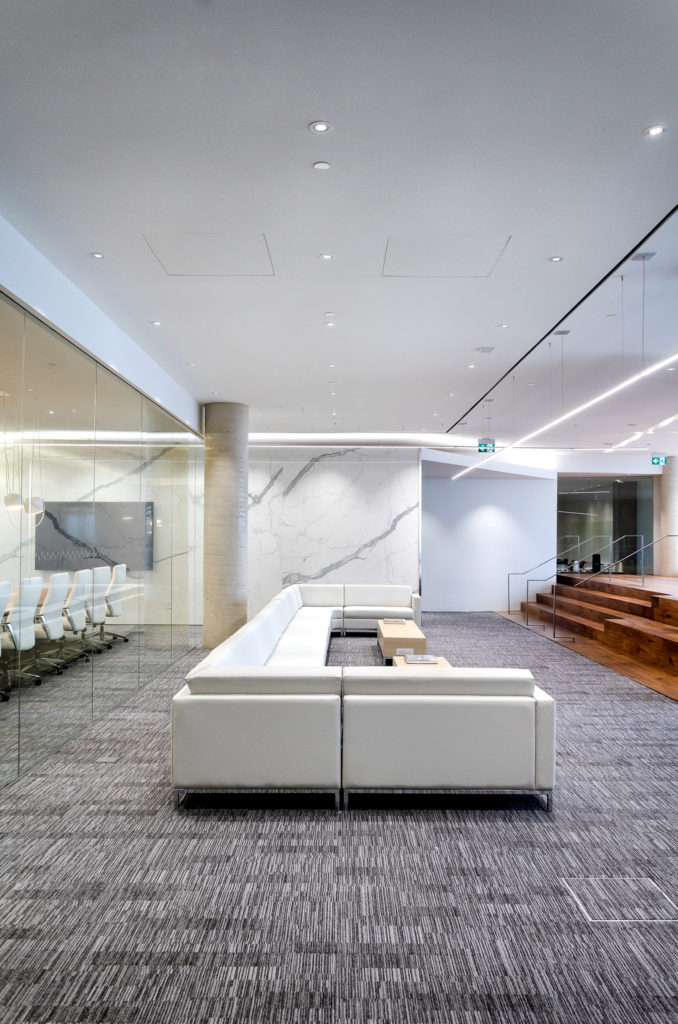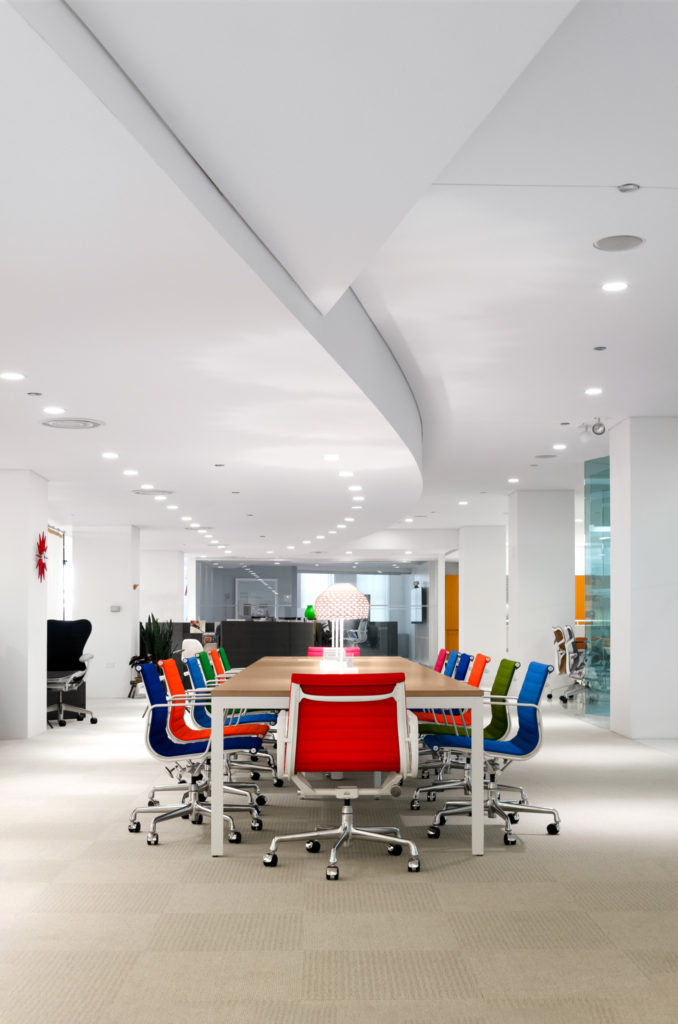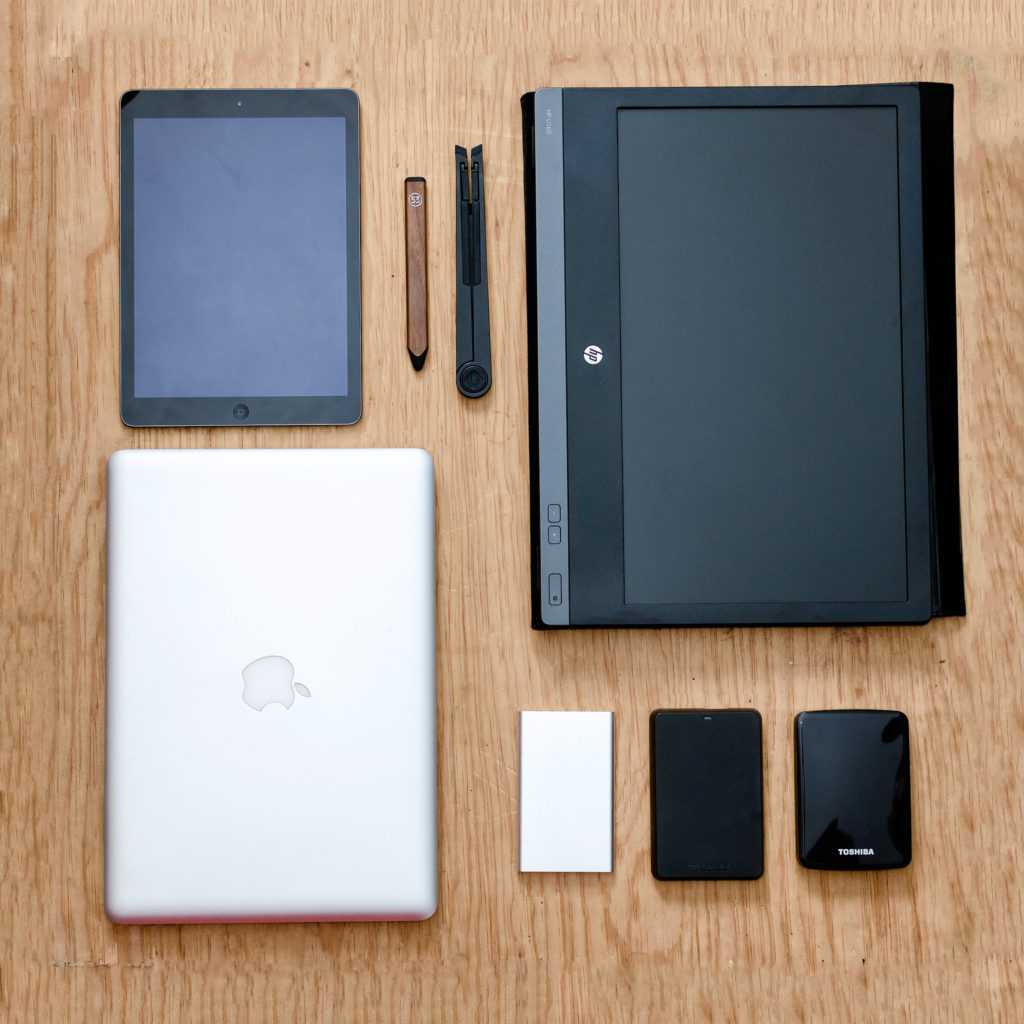Guillermo de la Maza is an architectural and interior photographer in Mexico City. We talked with him to learn what his editing process is like and how Astropad Studio fits into his digital workflow.
What kind of photographer do you do?
I primarily photograph for the furniture and architecture industry. I work with a lot of major office furniture brands. So, when my clients outfit an entire building or space, I go to the site to take photos.
Most of those photos end up in brand catalogs and websites, or in magazines. One of my photos was recently on the cover of Architectural Digest.
Where do you edit your work — on the go or in the studio?
I travel a lot to the United States, Canada, and around Mexico for photo shoots. Sometimes, there isn’t time to go back to the studio so I have a mobile setup: my MacBook Pro, a second monitor, and my iPad.
Often, I’ll travel to the photo shoot, then go back to my hotel after and do my editing there. I’m so in love with Astropad Studio because it allows me to edit pretty much anywhere. It’s wonderful.
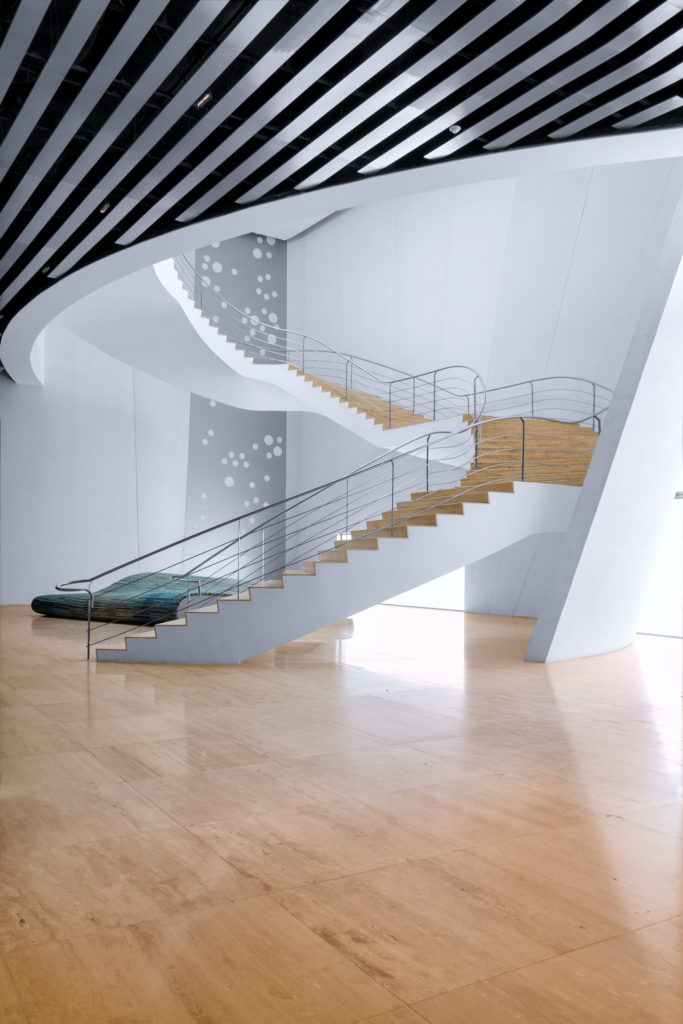
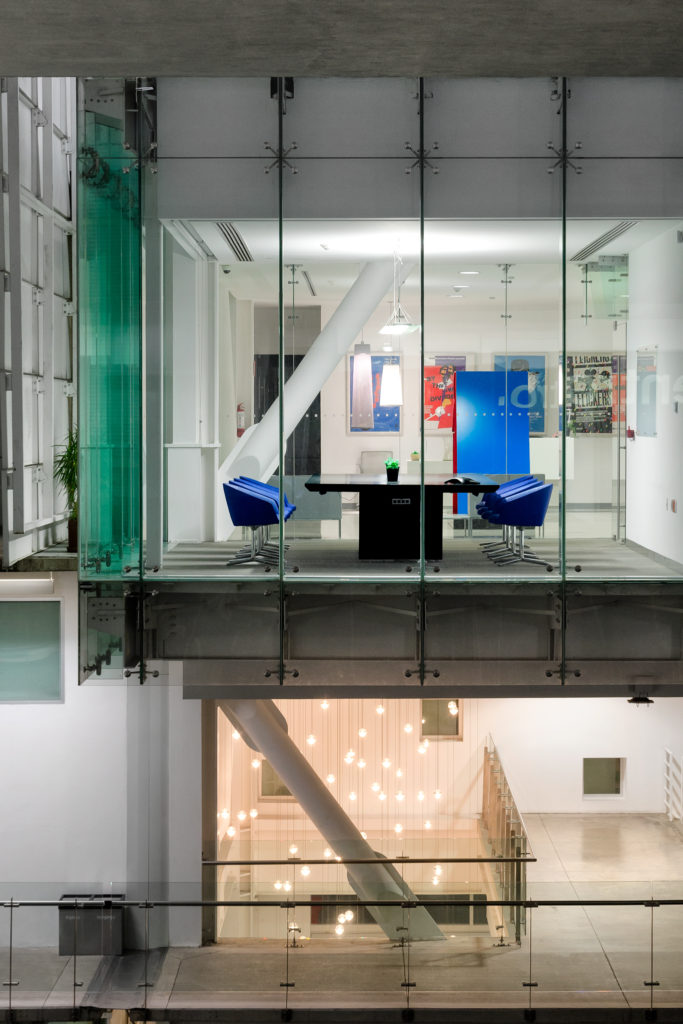
Why did you switch from a Wacom tablet to an iPad for retouching?
Previously, I always used a Wacom graphics tablet. But when you’re constantly traveling and you have to edit images on the go, it’s pretty cumbersome to carry all of your equipment around with you.
The whole reason I found Astropad Studio was because one night (almost two years ago), I had a project that I needed to deliver the next day. My Wacom pen just fell from the desk and completely stopped working. I needed to either replace the pen or the whole graphics tablet, but I was traveling in a place that didn’t have anywhere that I could buy new equipment.
So, I started searching the internet for something that could allow me to finish my editing, and I found Astropad Studio. Since that day, I stuck with Astropad Studio, and I haven’t looked back ever since.
How do you use Astropad Studio in your retouching workflow?
1. RAW File Development: We use Astropad Studio together with Camera RAW to selectively alter exposure, saturation, and sharpness in areas that need just a little bit of a bump or a little step down. This way, we preserve more information on the file than would be possible using a processed file, and we also save time later in the post-production process.
2. Bracketing Blend: We usually work using composite files containing at least 3 different exposures (with different EV stops between them) of each photograph. Since pen-generated masks tend to leave behind jaggy edges, we typically rely on a brush to create masks with different flow and opacity values, and therefore obtain a better and more organic result. It takes more time, but the results are worth it.
3. Photo-Manipulation: Astropad Studio is a great tool to shape light to blend-in objects. Also, it is of enormous help using tools, such as the Healing Brush that allows you to create info into an image when there is none, or when you need to conceal what’s really there.
4. Enhancing Products: Colors and texture on products are directly affected when lit in different ways. When you’re shooting in a studio, the photographer is in control of all the sources of illumination, but out in the field, it gets pretty tricky to control light when you have several sources coming from different directions and not much time to display your trickery. In these instances, we try to preserve and highlight colors and bring out textures by directly painting over them with Astropad Studio. It’s kind of our tribute to the good old analog days when this procedure was very common among commercial photographers.
What do you like most about using your iPad for retouching?
Astropad Studio allows me to directly see what I’m drawing on the screen. And, it’s fast. And when I spend so much time editing images right in the hotel lobby, it’s not useful to have a ton of cables coming out of your laptop, so the fact that it works wirelessly is tremendous.
Now, I have a team of assistants who work with me, and I’m teaching them how to edit in Astropad Studio!
To see more of Guillermo de la Maza’s work, check out his website or find him on Instagram.
